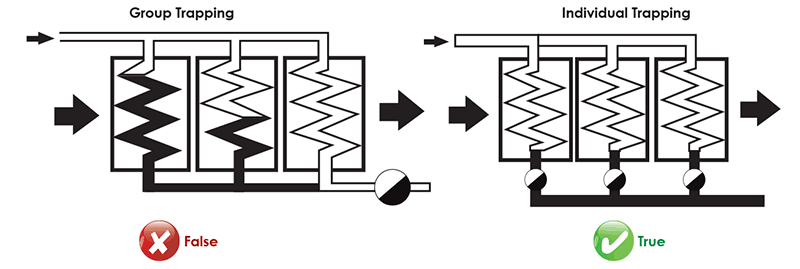In steam trap unit application install, you must follow this installation criterias;
Steam trap units includes;
Ball valves before and after unit
Ball valve for bypass line
Strainer before steam trap
Non return valve after steam trap
Optional Products
Control body before steam trap
Flow sight glass after steam trap
AYVAZ KTV-10 steam trap test valve instead of shut off valve after steam trap
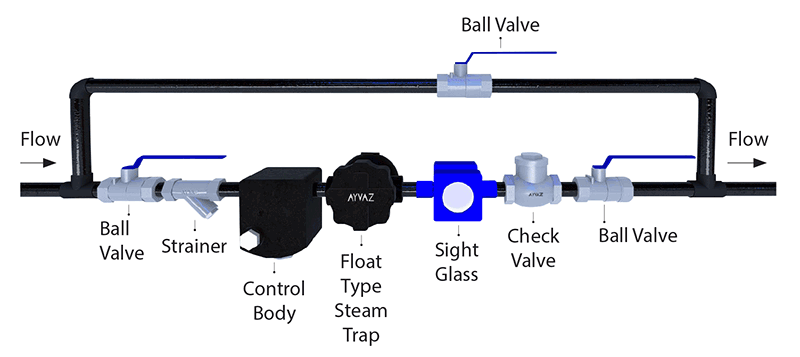
Steam Trap Selection Algorithm
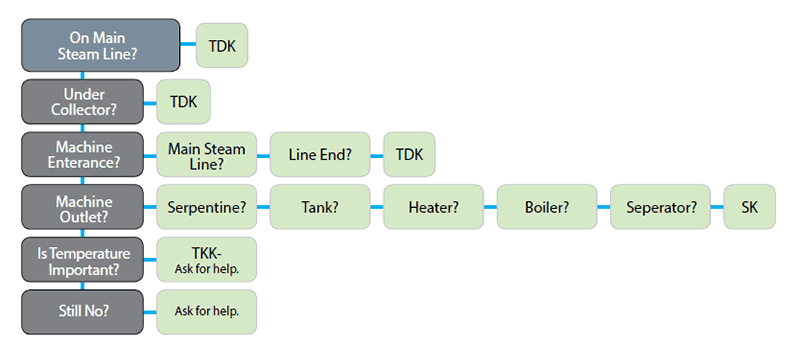
1-The arrow on the steam trap body must be in the flow direction.
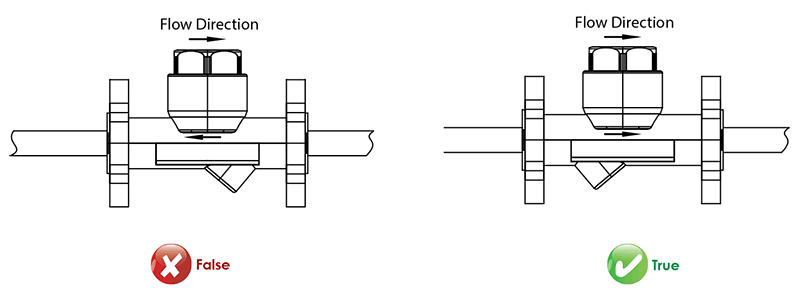
2- Make sure that the arrow on the plate shows downward during installation.
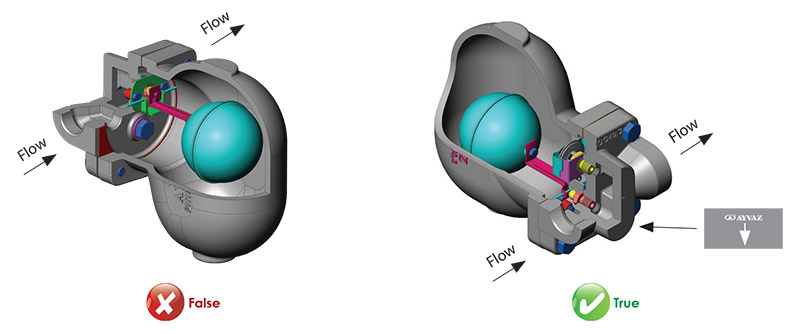
3- By pass valve should be above the steam trap. Same is advised for other types as well.
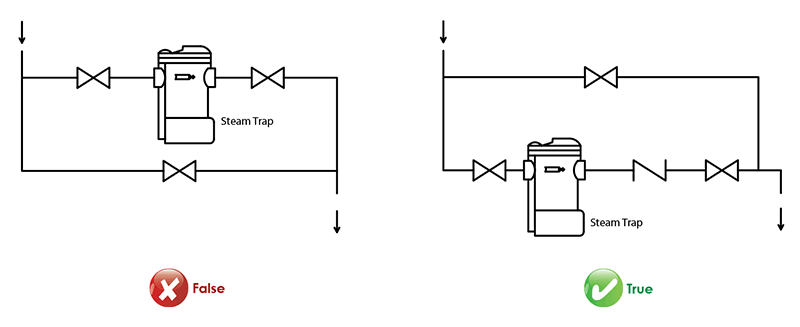
4- Float type steam traps must be installed horizontally to horizontal lines. Steam inlet for the steam traps that can be installed vertically like SK-51/ SK-55L must be from the upper side.
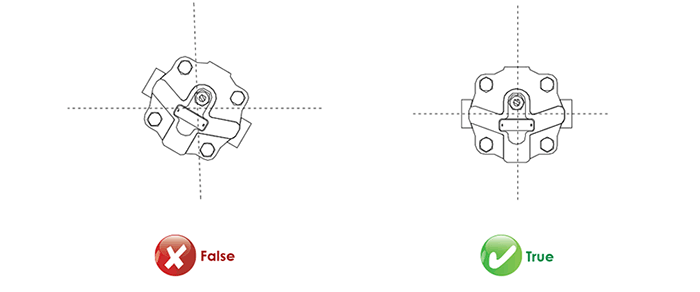
5- Termostatic and bimetallic steam traps must not installed horizontally or backward. Piping after the steam trap should be 3-5 cm lower than steam line.
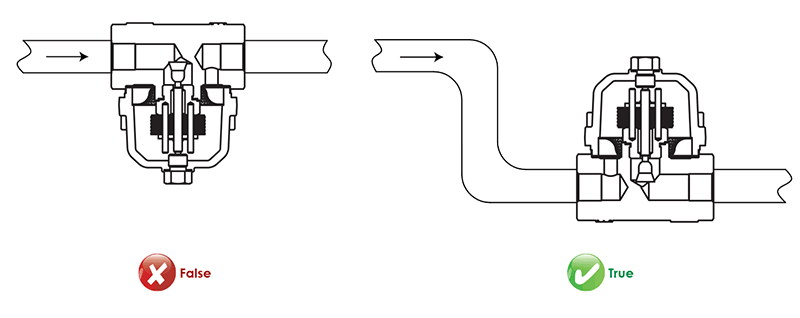
6- Steam traps must be installed lower than the connected machine. Otherwise generated condensate flows back. In cases that upper installations, creating elbowed condensate pocket is necessary.
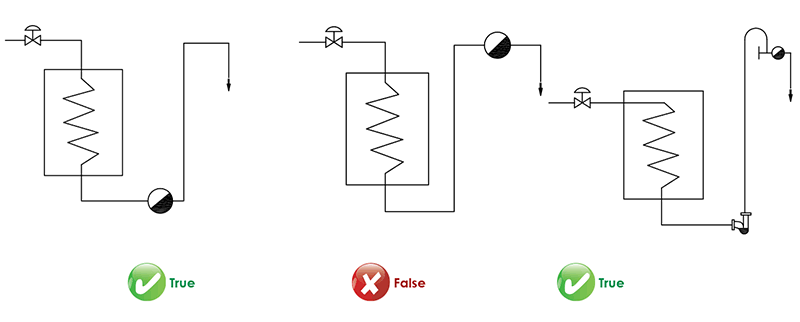
7- Steam trap's outlets must be in different axis to prevent water hammer.
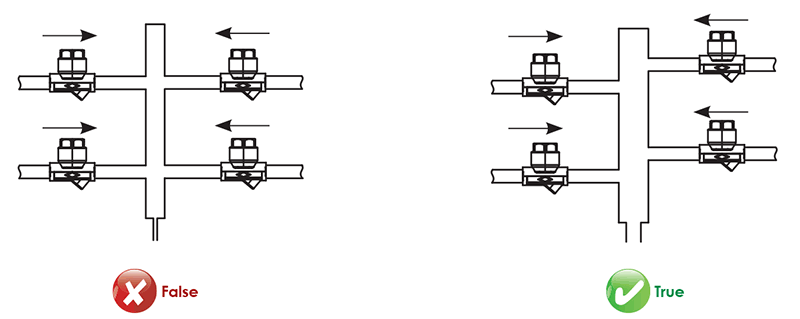
8- In cases that the condensate discharge is done to a upper level, connection inlet must be above condensate return line. Piping diameter after steam trap should be selected according to flash steam production.
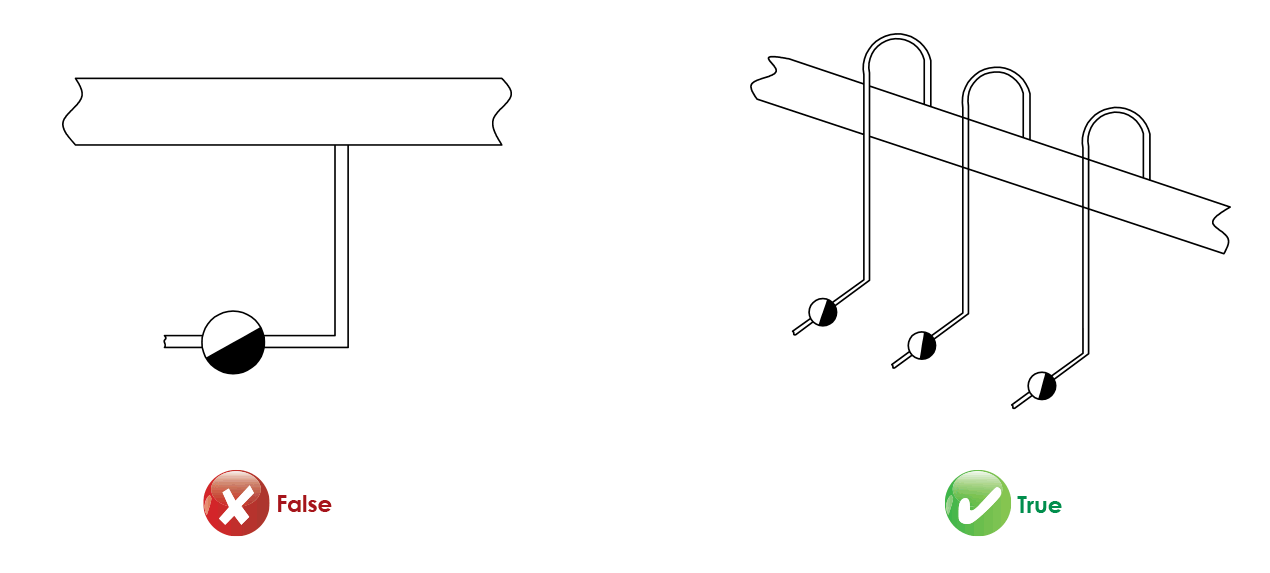
9- If more than one steam trap to be connected to the condensate return line, diameter of the return line can be calculated like shown below.
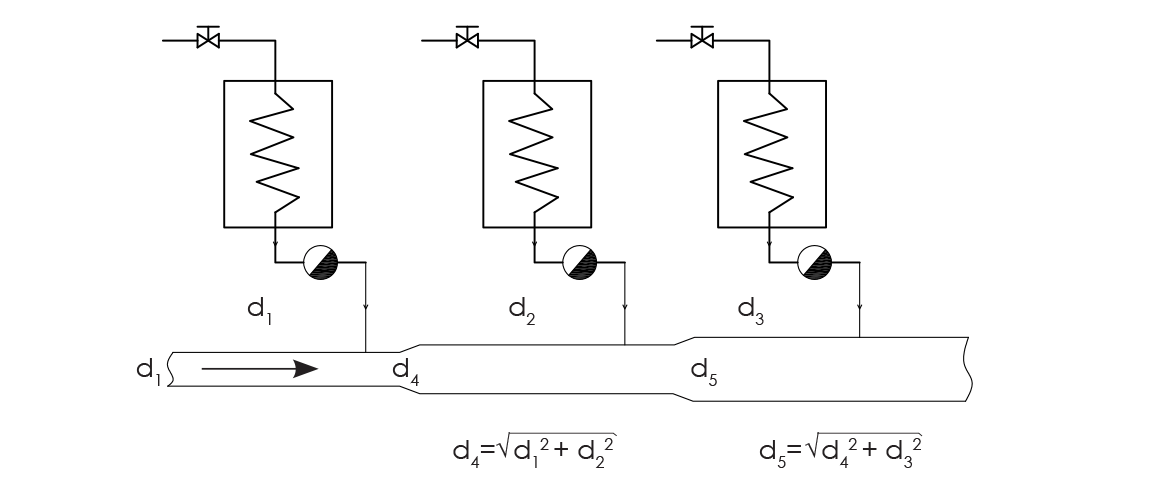
10- Steam traps must never be connected one after another in any case. Otherwise, first steam trap is affected negatively from the back pressure generated by the second steam trap.
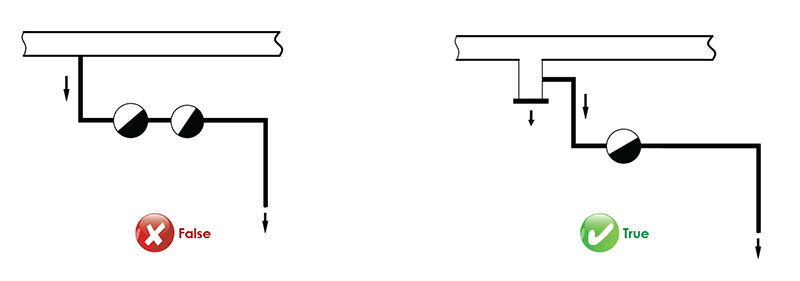
11- In examples where the condensate is pumped to the condensate tank, hot condensate outlets from the steam trap connects the cold condensate and means serious water hammering risk to the system. In these cases, there must be at least 5 meters of distance between the main condensate line and the line after steam trap.
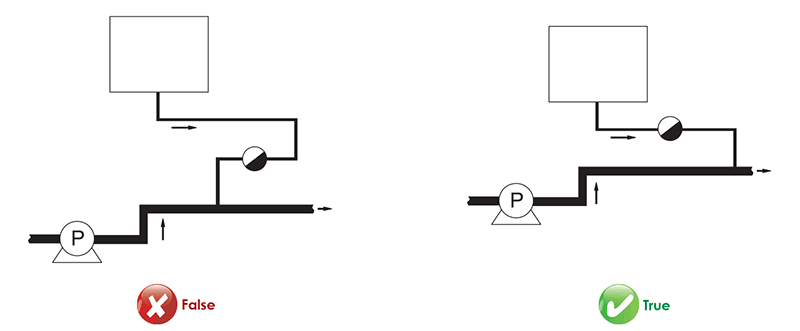
12- Strainers before steam traps must be installed as the bottom of the "Y" shape to face left or right instead of up or down. If strainer is installed up or down, condensate forms up in the screen and causes water hammer.
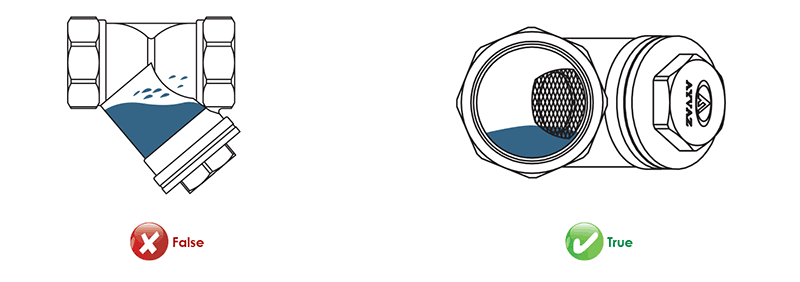
13- Condensate pocket dimesioning must be like below.

14- If condensate is to be discharged in to water, a vacuum breaker must be installed with a tee connection opposite of the steam trap where the discharge is done. Otherwise, when the system is standby, as the steam traps cools down, vacuum occurs and causes corrosion when the system re-activated.
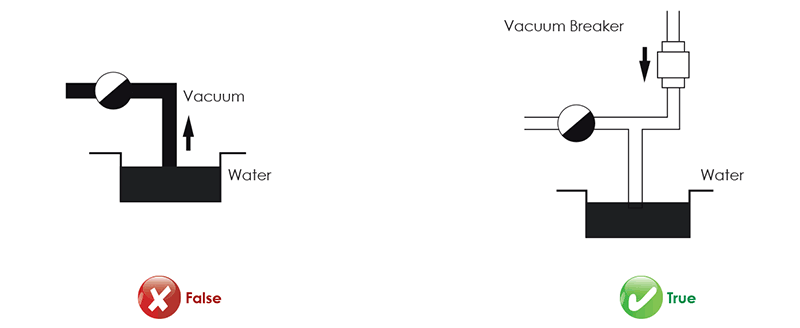
15- Group Trapping In the equipment that is fed up with multiple steam sources, condensate line should never be installed to single steam trap. In such applications, during a possible installation, the nearest machine to the steam trap works properly but the others can’t operate properly because of the condensate formation inside and temperature drops. Because of this, group trapping is a wrong application, for such cases, individual trapping is compulsory.
